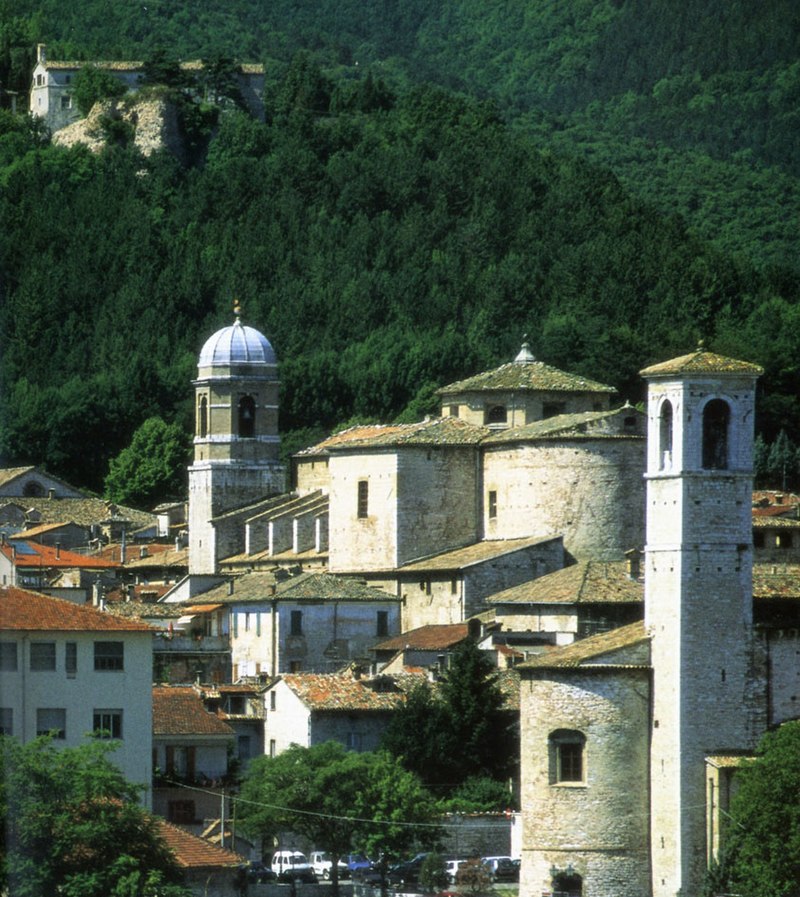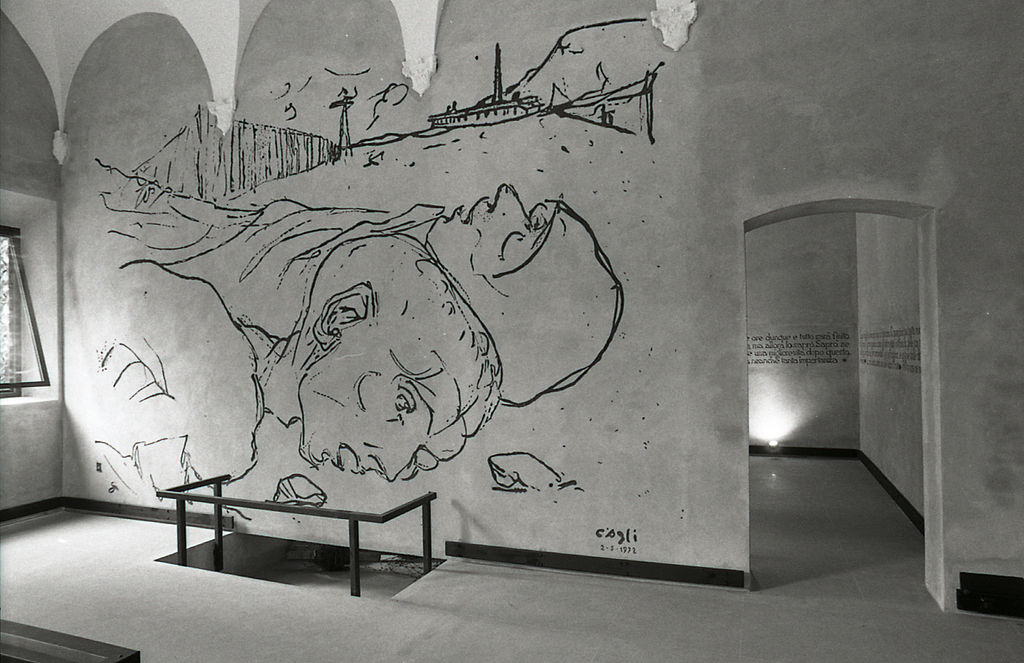Cagli is also known for its theatre and, above all, its ancient printing works, one of the oldest in Italy, dating from 1475. The Jewish presence in Cagli dates back to the 14th century, as a document from 1400 attests.

They participated in the commercial development of the wool and leather industry, with Salomone di Sabato being particularly prominent in this. A synagogue seems to have been located on the ancient Via Impetrata and actual Via Fonte del Duomo. The Jewish quarter was located in this area. The community had a cemetery located between the city walls and the Bosso river.
Following a wave of discrimination, the Jews left the city in the 17th century, encouraged to settle in the ghettos of Senigallia, Pesaro and Urbino. In the middle of the 19th century, the Jewish community of Urbino asked Francesco Pucci, a native of Cagli, for an aron and a tevah for their synagogue.

The Archaeological museum of Cagli has works by Pucci, including an ivory table with a magen david. Jews bear this name, as is often the case with the city or the profession of origin. Among them is the artist Corrado Cagli, born in Ancona in 1910.
Forced to leave the country following the promulgation of the racial laws, he participated as a soldier in the liberation of Buchenwald. His post-war work bears witness to the horrors he encountered there.
Sources : Marche Jewish Itineraries by Maria Luisa Moscati Benigni